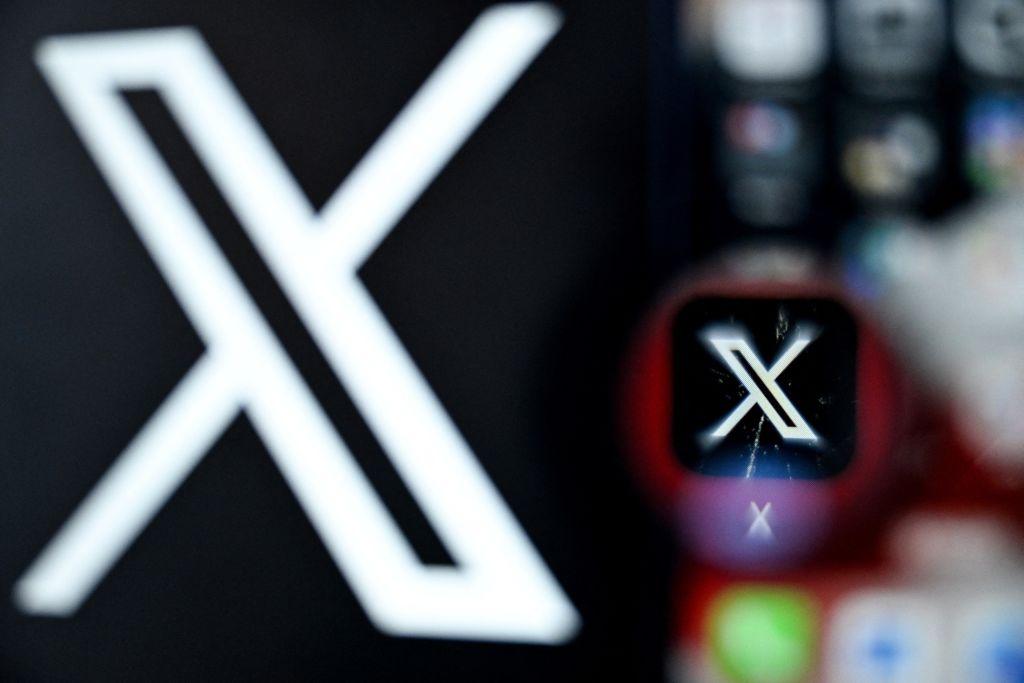Inflation data and the Federal Reserve’s policy meeting headline this week’s economic events, although investors also will be watching other important data such as retail sales numbers, regional central bank manufacturing index readings, and consumer sentiment.
The May consumer price index (CPI) report will be released on June 13. The consensus estimate is an annual print of 4.1 percent, according to the Federal Reserve Bank of Cleveland’s Inflation Nowcasting.





